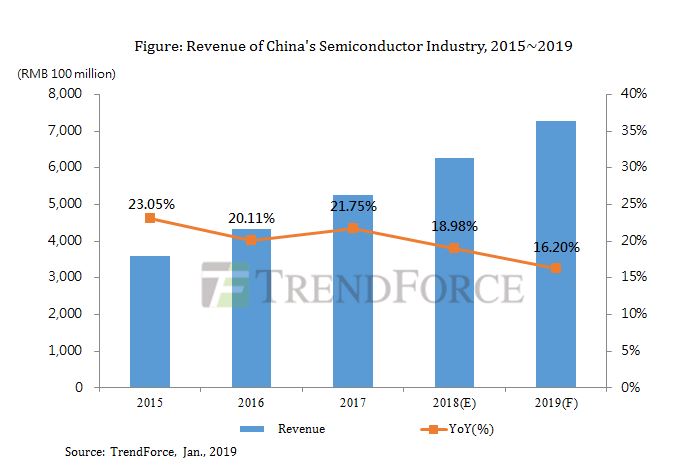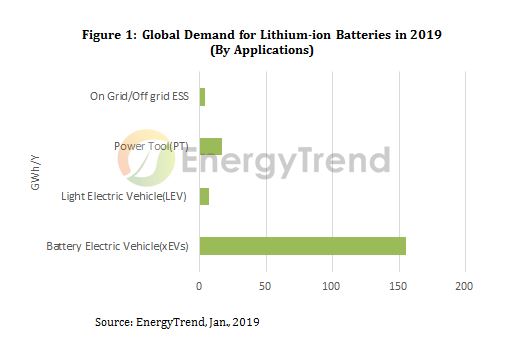Western European HCP Market, 3Q18: Shipments Continue to Decline But Revenues More Stable
According to research by International Data Corporation (IDC), the Western European printer and multifunction (MFP) market decreased by 6.7% in unit terms in 3Q18 compared with the same period a year ago. This was lower than expectations as the inkjet markets declined in most areas. On a more positive note the market values declined at a much lower rate of 2.1% as the market continued to transition to higher-speed devices and color A3 devices.
Laser markets performed better than expected, declining by only 1.2%. Color and monochrome remained relatively stable, with color shipments showing a marginal increase and monochrome shipments only showing a small decline in terms of units with a slight increase in the value of the monochrome market. The market did, however, see the continued decline of single-function printers and an increase in MFP products, notably monochrome devices.
The inkjet markets suffered the most in terms of unit growth with 3Q shipments registering a 9.0% decline even though revenues declined at a slower rate. Most inkjet OEMs are showing lower sales of inkjet devices as fewer home users have a need for printer devices as they are printing less, but business inkjets also slipped back in 3Q. The business inkjet market is showing signs of transition as higher-priced and higher-specification devices are shipping in place of entry-level models; as a result the values for business inkjets increased. It must be noted that business inkjets grew strongly.
The overall production markets saw a small decline, but as with office devices there was an increase in color laser shipments and a decline in monochrome. There was also an increase in labels and packaging models that shipped.
"The HCP market will show an overall decline in 2018 as the market transitions away from the printed page to the digital page, but the Western Europe market remains a sizeable opportunity for many," said Phil Sargeant, program director in IDC's Western European Imaging, Hardware Devices, and Document Solutions group. "Print remains an important attribute for many companies and it's clear that there are many transitions and opportunities that remain in areas such as color, ink, and even monochrome. Those suppliers utilizing their IT services, security, and environmental policies are seeing some success as a result."
Main highlights:
• The overall Western European hardcopy market contracted by 6.7% year on year in 3Q18, recording a shipment figure of 4.8 million units.
• The main area of growth was in A3 business inkjets, an area that many OEMs are now beginning to focus more on.
• In the laser markets overall color showed slight growth and though monochrome overall declined there was strong demand for A4 MFP products.
• 85% of all hardcopy shipments are now from MFP products, an increase from the same period a year ago and from the previous quarter of 2Q18.
在线留言询价

Revenue Growth in China's Semiconductor Industry Would Slow Down to 16.2% in 2019 due to Pessimistic
- 一周热料
- 紧缺物料秒杀
| 型号 | 品牌 | 询价 |
|---|---|---|
| CDZVT2R20B | ROHM Semiconductor | |
| TL431ACLPR | Texas Instruments | |
| MC33074DR2G | onsemi | |
| BD71847AMWV-E2 | ROHM Semiconductor | |
| RB751G-40T2R | ROHM Semiconductor |
| 型号 | 品牌 | 抢购 |
|---|---|---|
| ESR03EZPJ151 | ROHM Semiconductor | |
| BU33JA2MNVX-CTL | ROHM Semiconductor | |
| IPZ40N04S5L4R8ATMA1 | Infineon Technologies | |
| BP3621 | ROHM Semiconductor | |
| STM32F429IGT6 | STMicroelectronics | |
| TPS63050YFFR | Texas Instruments |
- 周排行榜
- 月排行榜
AMEYA360公众号二维码
识别二维码,即可关注



























